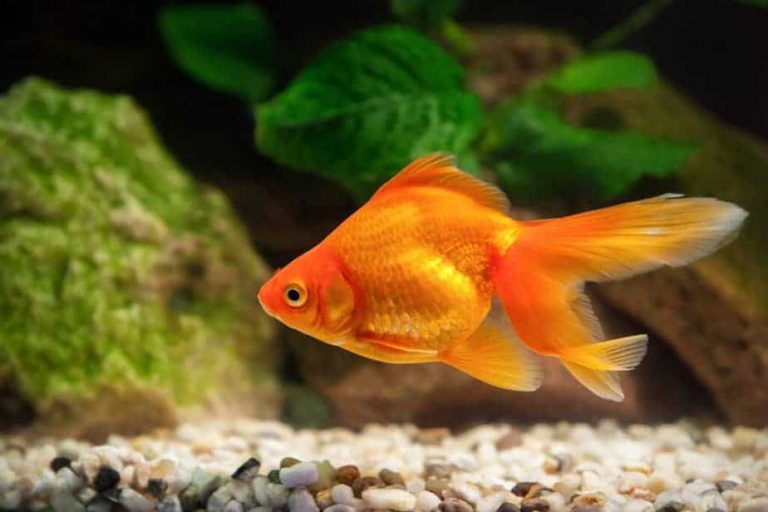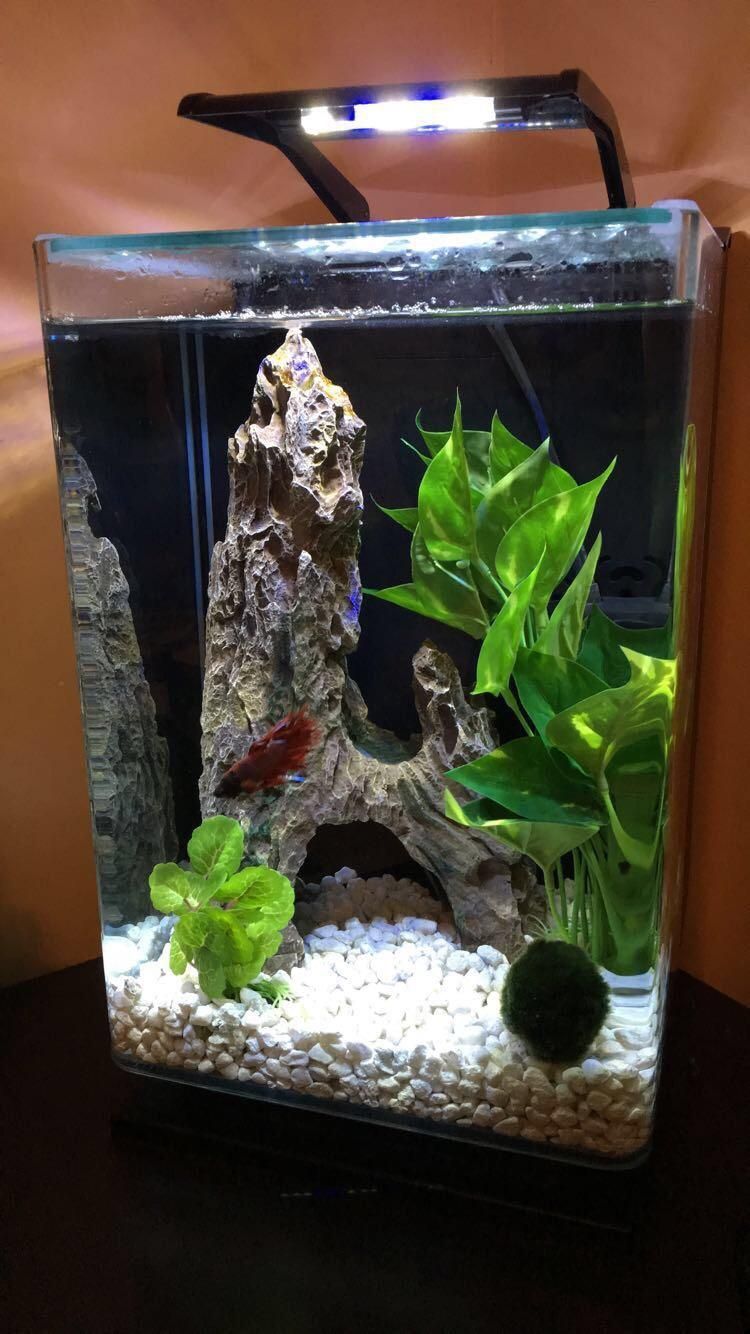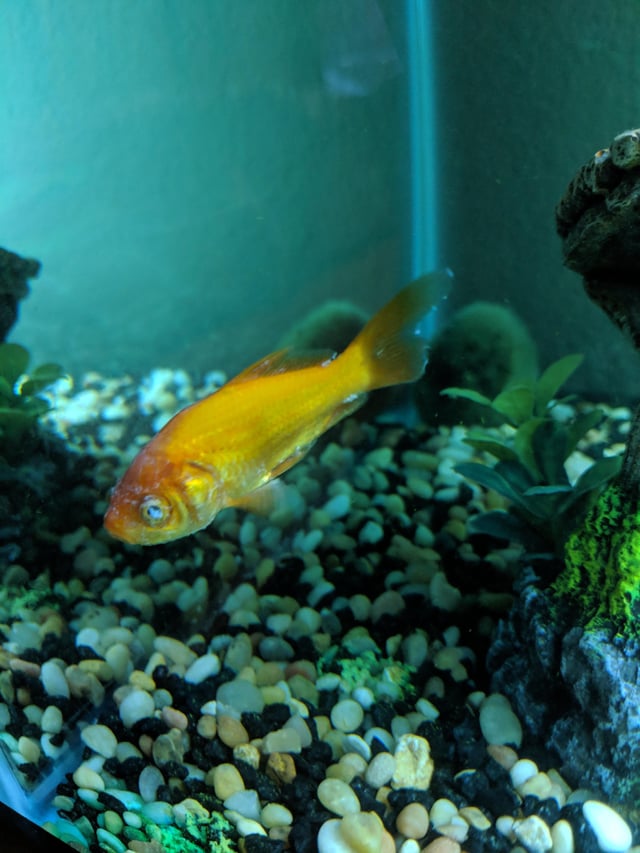Sky Blue Velvet Shrimp
Whether you’re an experienced shrimp keeper or a newbie looking to add some color to your aquarium, the sky blue velvet shrimp is a stunning choice. With its vibrant blue coloration and peaceful demeanor, this shrimp species has gained popularity among aquarists around the world. In this article, we’ll dive into the wonderful world of sky blue velvet shrimp and explore everything you need to know about their care, habitat, breeding, and more.
What are Sky Blue Velvet Shrimp?
Sky blue velvet shrimp, also known as Neocaridina davidi, are a freshwater shrimp species native to Taiwan. As their name suggests, they have a beautiful sky blue color that makes them stand out in any aquarium. These shrimp are relatively small, reaching a maximum size of around 1 inch (2.5 centimeters). They are peaceful and can be kept in community tanks with other non-aggressive fish and invertebrates.

Origin and Habitat
Sky blue velvet shrimp originate from the mountainous regions of Taiwan, where they inhabit streams and rivers with clean, well-oxygenated water. In the wild, they live among dense vegetation and prefer areas with moderate water flow. When replicating their natural habitat in an aquarium, it’s important to provide a similar environment to ensure their well-being.
Tank Setup and Water Requirements
When setting up a tank for sky blue velvet shrimp, it’s crucial to create a suitable environment that mimics their natural habitat. Here are a few key factors to consider:
1. Tank Size: A tank with a minimum capacity of 5 gallons (19 liters) is recommended for a small colony of sky blue velvet shrimp. However, larger tanks are always better for maintaining stable water parameters.
2. Substrate: Use a fine-grained substrate like sand or small gravel to create a natural environment for the shrimp. This will allow them to forage and sift through the substrate for food.
3. Water Parameters: Sky blue velvet shrimp prefer slightly acidic to neutral water conditions. Aim for a pH range of 6.5 to 7.5, with a temperature between 72°F to 78°F (22°C to 25°C). It’s important to keep the water clean and well-filtered to promote their health and well-being.
4. Lighting and Decoration: Provide ample hiding spots and vegetation in the tank. Live plants like Java moss, Anubias, and Amazon sword are great choices. These not only create a natural environment but also provide places for the shrimp to explore and hide.
Feeding and Diet
Sky blue velvet shrimp are omnivorous and will eat a variety of foods. They are scavengers by nature and enjoy grazing on biofilm, algae, and decaying matter in the tank. However, it’s important to supplement their diet with high-quality shrimp-specific foods to ensure they receive all the necessary nutrients. Commercial shrimp pellets, flakes, and frozen/live foods like brine shrimp, daphnia, and bloodworms are excellent choices.
Breeding and Reproduction
Breeding sky blue velvet shrimp can be a rewarding experience. These shrimp are prolific breeders and can reproduce readily in a well-maintained aquarium. Here are some important points to consider when breeding sky blue velvet shrimp:
1. Water Parameters: Maintain stable water conditions within the ideal ranges mentioned earlier to encourage successful breeding. Any sudden fluctuations in water parameters can stress the shrimp and hinder their reproductive capabilities.
2. Male-Female Ratio: It’s recommended to maintain a higher female-to-male ratio in the tank for successful breeding. Aim for a ratio of 3 to 4 females per male to reduce aggression and increase breeding opportunities.
3. Breeding Behavior: Sky blue velvet shrimp exhibit similar breeding behavior to other Neocaridina shrimp species. Females carry eggs on their underbellies until they hatch into miniature versions of the adults. The larvae go through various stages of development before becoming fully grown shrimp.
4. Shelter and Hiding Places: Providing plenty of hiding spots, such as mosses or clumps of plants, will give the females a safe space to release their eggs. This will increase the chances of successful breeding as it reduces the possibility of other tank inhabitants preying on the eggs or young shrimp.
Common Challenges and Solutions
While sky blue velvet shrimp are generally hardy and easy to care for, they may face a few challenges in a home aquarium. Here are some common issues and their solutions:
1. Molting Problems: Shrimp molt their exoskeleton as they grow, leaving them vulnerable to predators during the process. Ensure the tank has plenty of hiding spots and a stable water environment to minimize stress during molting.
2. Poor Water Quality: Regular water changes and keeping the tank clean are crucial for the shrimp’s well-being. Test the water parameters regularly and address any issues promptly to prevent health problems.
3. Predation: Some fish species may view shrimp as a tasty snack. Avoid housing them with aggressive or predatory fish that might prey on the shrimp. Opt for peaceful tankmates that won’t harm the shrimp.
Frequently Asked Questions
Q: Can sky blue velvet shrimp live in a planted tank?
A: Absolutely! Sky blue velvet shrimp thrive in planted tanks as they provide hiding spots, filtration, and a natural environment for the shrimp to explore and graze on.
Q: How long do sky blue velvet shrimp live?
A: With proper care, sky blue velvet shrimp can live up to 1 to 2 years in captivity.
Q: Can I keep sky blue velvet shrimp with other shrimp species?
A: It’s generally not recommended to mix different shrimp species together, as they may interbreed, leading to hybrid offspring. Stick to a single species or choose compatible varieties such as other Neocaridina shrimp.
Final Thoughts
Sky blue velvet shrimp are a delightful addition to any aquarium. Their stunning blue coloration and peaceful nature make them a favorite among aquarists of all levels of experience. By providing the right tank setup, suitable water conditions, and a balanced diet, you can enjoy the beauty and charm of these shrimp in your own home. With proper care, sky blue velvet shrimp can thrive and breed, adding a touch of elegance to your aquatic world. Happy shrimp keeping!






